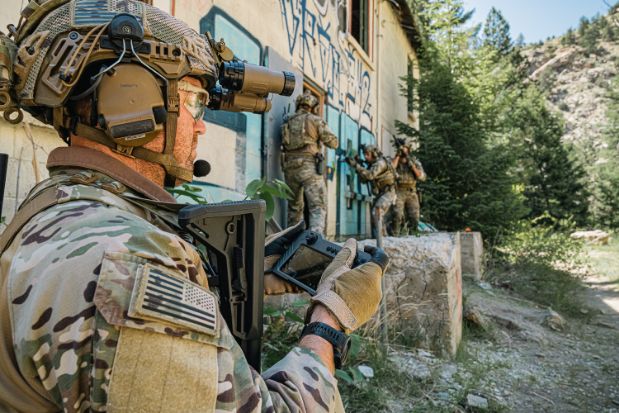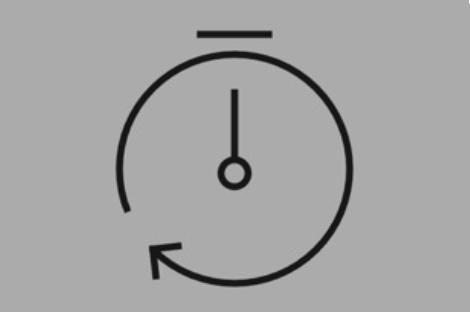VAPOR CLE
Compact, Long-Endurance, Electric Helicopter UAS
Engineered for today’s most demanding missions, the VAPOR CLE all-electric helicopter unmanned aircraft system (UAS) sets a new standard in endurance, payload capacity, and field adaptability. It combines rugged reliability with a compact, deploy-anywhere design—performing from arctic terrain to contested maritime operations.
A streamlined folding airframe and new compact packout system enable unmatched portability—case-to-flight in just two minutes. Built to travel light, assemble fast, and launch without compromise, VAPOR CLE is ruggedized for extreme weather and harsh sea states, carries up to 24 lbs of payload or lethal munitions, and delivers up to two hours of endurance—outperforming any quadcopter or competing helicopter UAS in its class.
Tomahawk Ground Control Stations (GCS)

The Tomahawk GCS is an AI-enhanced, open-architecture, common control system designed for the warfighter first. Built for ease of use, the Tomahawk GCS seamlessly connects the human-machine team across the tactical network to enable the execution of critical missions spanning ISR to lethal effects.
Learn More
Compact Packout System
The rugged, lightweight packout enables rapid unbox-and-launch for teams on the move. Its minimal footprint and tool-free setup make deployment fast and efficient, even in austere or mobile environments—delivering mission-ready ISR capability wherever operators need it, without heavy gear or complex assembly.
Heavy-Lift Versatility
VAPOR CLE’s 24-lb (10.9 kg) payload capacity supports a wide range of mission-critical sensors, communications relays, and lethal munitions. Configurable for precision-strike missions, it gives operators organic, on-demand lethality alongside ISR, allowing rapid re-tasking from reconnaissance to strike without sacrificing performance or endurance.
Unmatched Endurance
Equipped with the endurance kit, VAPOR CLE delivers up to two hours of continuous flight—maximizing time on station for extended ISR coverage or complex multi-payload missions. Proven through real-time and time-lapse demonstrations, it gives teams more range, more intel, and more operational flexibility per sortie.




